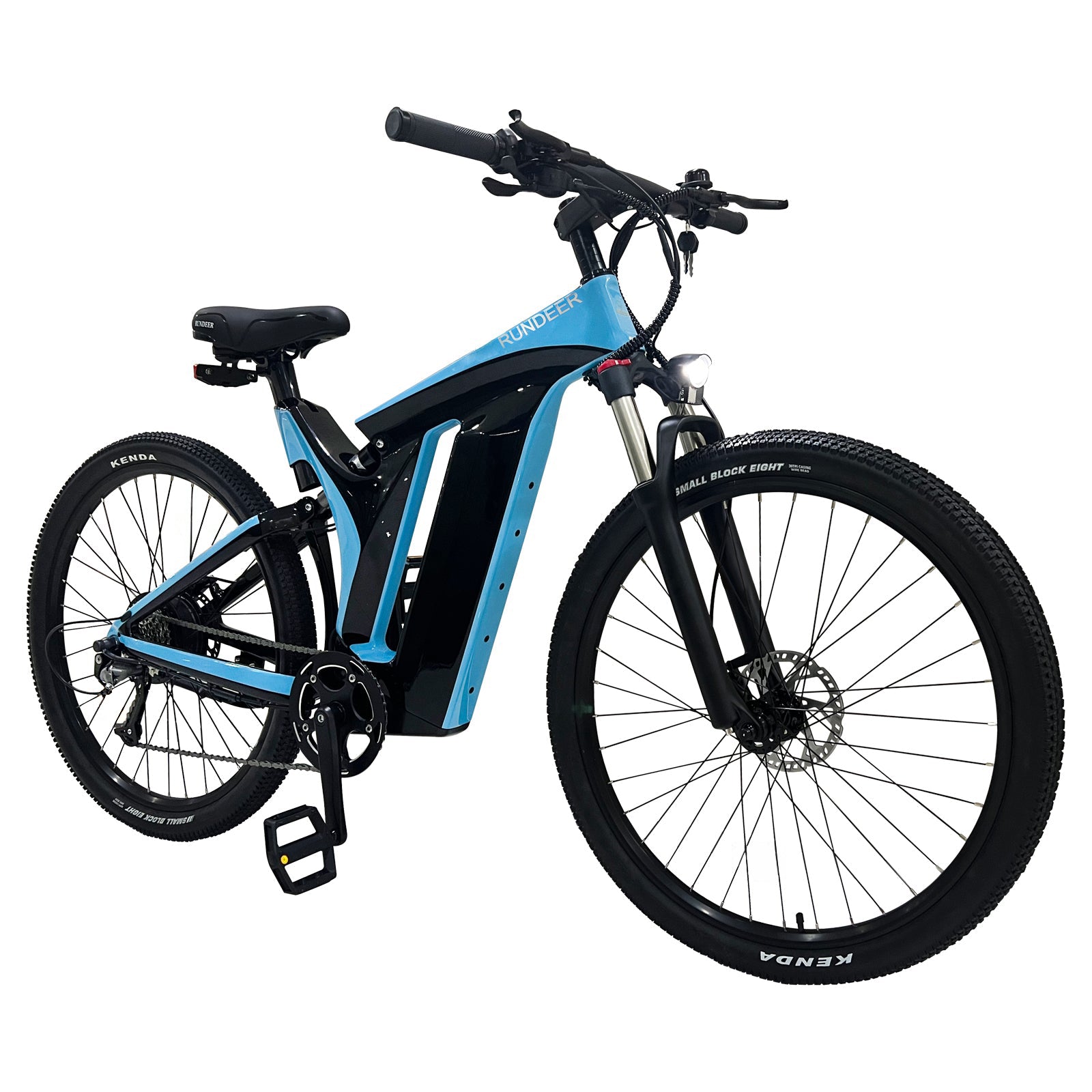Unlock Your Commute: Discover the E-Bike Revolution You Can't Miss!
As cities grow more congested and the push for environmentally friendly transportation intensifies, e-bikes are rapidly gaining traction among daily commuters. These electric bicycles blend traditional biking with modern technology, offering an innovative solution to commuting woes. The benefits of e-bikes are extensive—ranging from increased efficiency and reduced travel times to significant health benefits and a smaller carbon footprint. Whether you're navigating through heavy traffic or looking to improve your fitness while commuting, e-bikes can transform your daily travel experience. In this article, we will explore various options for purchasing an e-bike specifically tailored for commuting, helping you make an informed decision.

Understanding E-Bikes and Their Benefits
E-bikes, or electric bicycles, are equipped with an electric motor that assists with pedaling, making them distinct from traditional bicycles. This assistance can make commuting less strenuous, especially on longer journeys or hilly terrains. The advantages of e-bikes are clear: they allow for quicker travel times without the sweat and fatigue associated with conventional biking. The speed at which an e-bike can propel you, combined with the ability to choose how much assistance you need, makes them ideal for urban commuting. Furthermore, as more people opt for e-bikes over cars, we witness a decrease in traffic congestion and air pollution, contributing to a healthier urban environment. A close friend of mine recently transitioned to e-biking for his daily commute and has noticed not only a boost in his overall fitness but also a considerable reduction in his commuting time.
Factors to Consider When Buying an E-Bike for Commuting
When choosing an e-bike for commuting, several key factors should guide your decision. First, consider the bike's range—how far can it go on a single charge? This is crucial for ensuring it meets your daily commuting distance. Battery life is equally important; a longer-lasting battery means fewer interruptions. The weight of the bike also plays a significant role, especially if you need to carry it up stairs or store it in tight spaces. Comfort is another essential factor; make sure the bike fits your body properly and has a comfortable seat. Additionally, think about the style of e-bike that best suits your commuting needs, whether that be a commuter bike for city rides, a folding bike for easy storage, or a cargo bike for transporting goods. Local terrain, such as hills or rough roads, can also influence your choice, as different e-bikes are designed for various environments.
Types of E-Bikes Suitable for Commuting
The market offers various types of e-bikes, each designed to cater to different commuting needs. Urban e-bikes are perfect for city commuting, featuring lightweight frames and efficient motors to zip through traffic. Mountain e-bikes, on the other hand, are built for rough terrains, providing robust tires and strong suspension—ideal for those who may encounter unpaved paths on their routes. Hybrid models combine elements of both urban and mountain bikes, making them versatile for diverse commuting conditions. However, each type has its pros and cons: urban e-bikes are great for speed but may lack durability, while mountain bikes offer strength but can be heavier and pricier. It’s essential to assess your specific commuting environment to select the most suitable e-bike type.
Where to Buy an E-Bike
When it comes to purchasing an e-bike, you have several options. Local bike shops often provide a hands-on experience, allowing you to test ride different models and seek expert advice. Online retailers may offer a wider selection and often better deals, but they lack the personal touch that comes with in-store shopping. Second-hand markets can also be a viable option for budget-conscious commuters, but ensure you thoroughly inspect the bike for wear and tear. Regardless of where you decide to buy, always take the opportunity to test ride the e-bike to ensure it meets your comfort and performance standards. Additionally, consider the warranty and service options available; a good warranty can be a lifesaver if any issues arise in the future.
Maintenance and Care for Your E-Bike
Regular maintenance is crucial to keep your e-bike in top shape. Basic checks such as tire pressure, brake functionality, and chain lubrication should be done periodically. It’s advisable to inspect your bike for any potential issues, such as worn-out components or electrical connections, to prolong its lifespan. Keeping your e-bike clean is also important, as dirt and debris can hinder its performance. Whether you are commuting daily or occasionally, maintaining your e-bike will help ensure it remains reliable and functional for years to come.
Embracing the E-Bike Lifestyle for Better Commuting
In conclusion, e-bikes have revolutionized the way we approach commuting, offering a blend of convenience, efficiency, and sustainability. By understanding the various types of e-bikes, the factors to consider when purchasing, and the importance of maintenance, you can make an informed choice that suits your commuting lifestyle. As more people embrace e-bikes, we not only improve our personal health but also contribute positively to our communities and the environment. So, if you’re contemplating a switch to an e-bike, consider your commuting needs and take the plunge—you just might find it’s the best decision for your daily travel!














